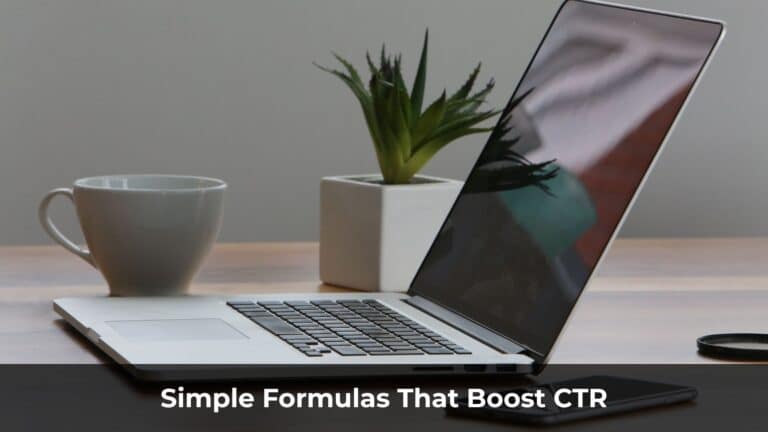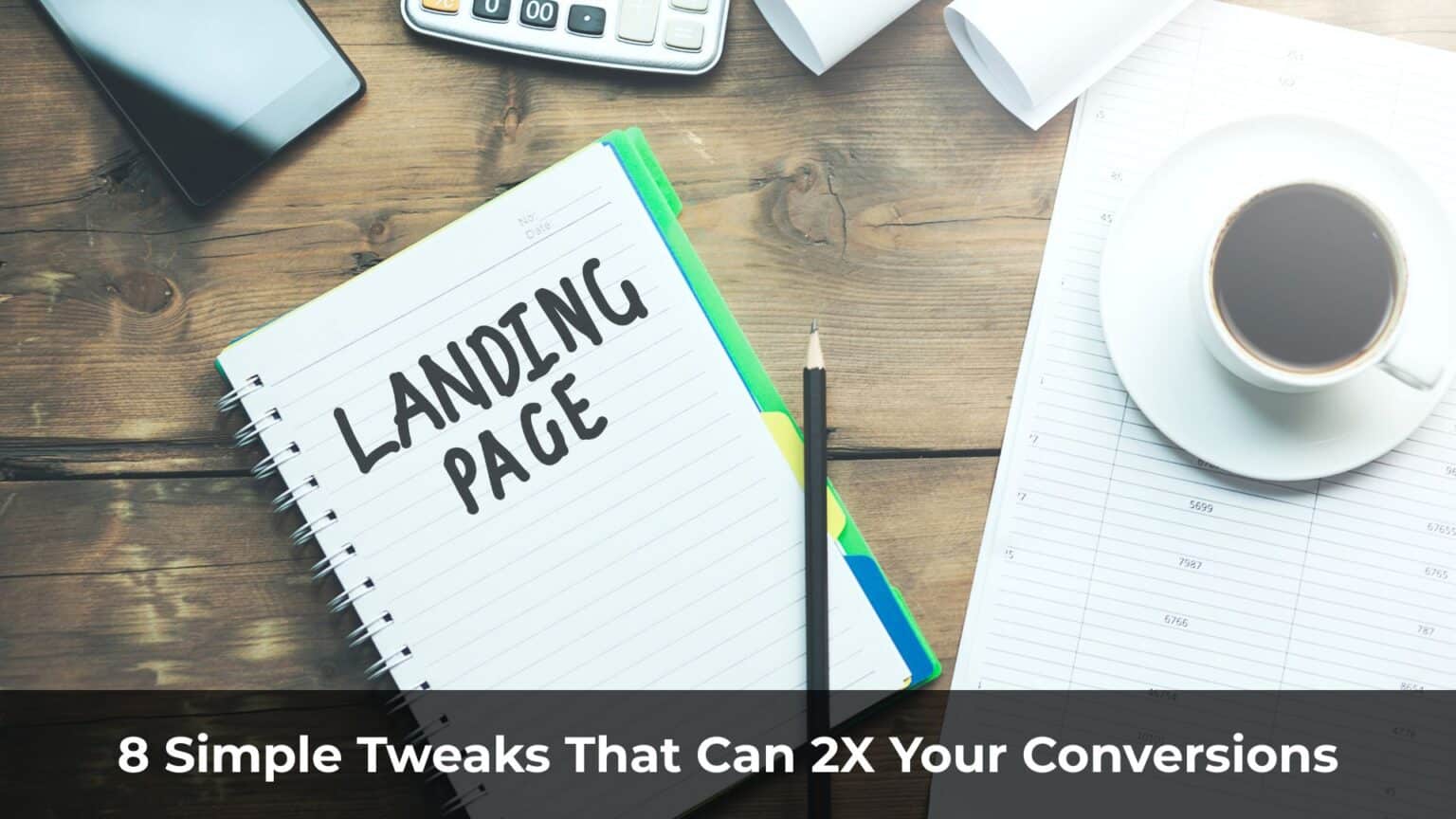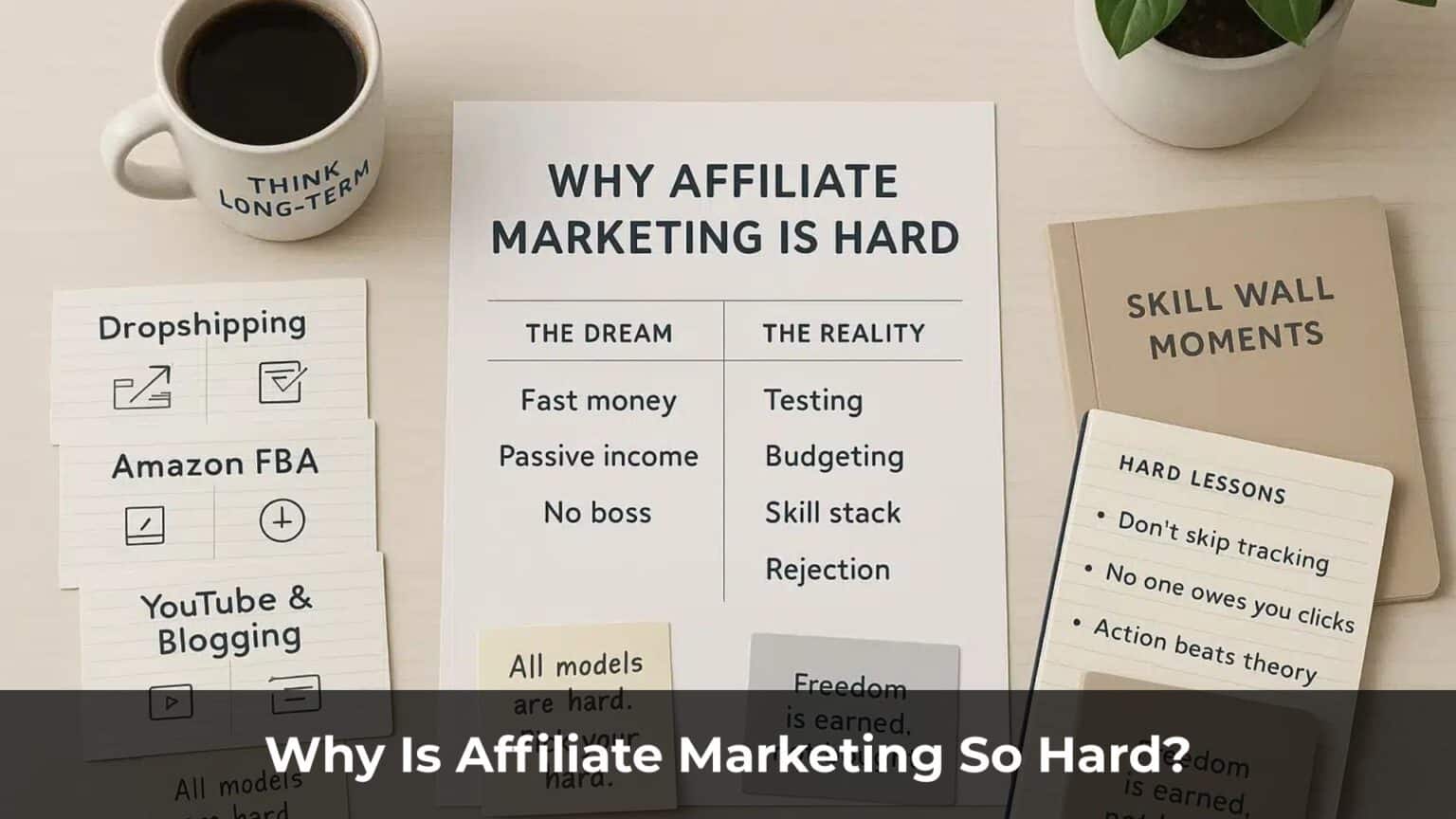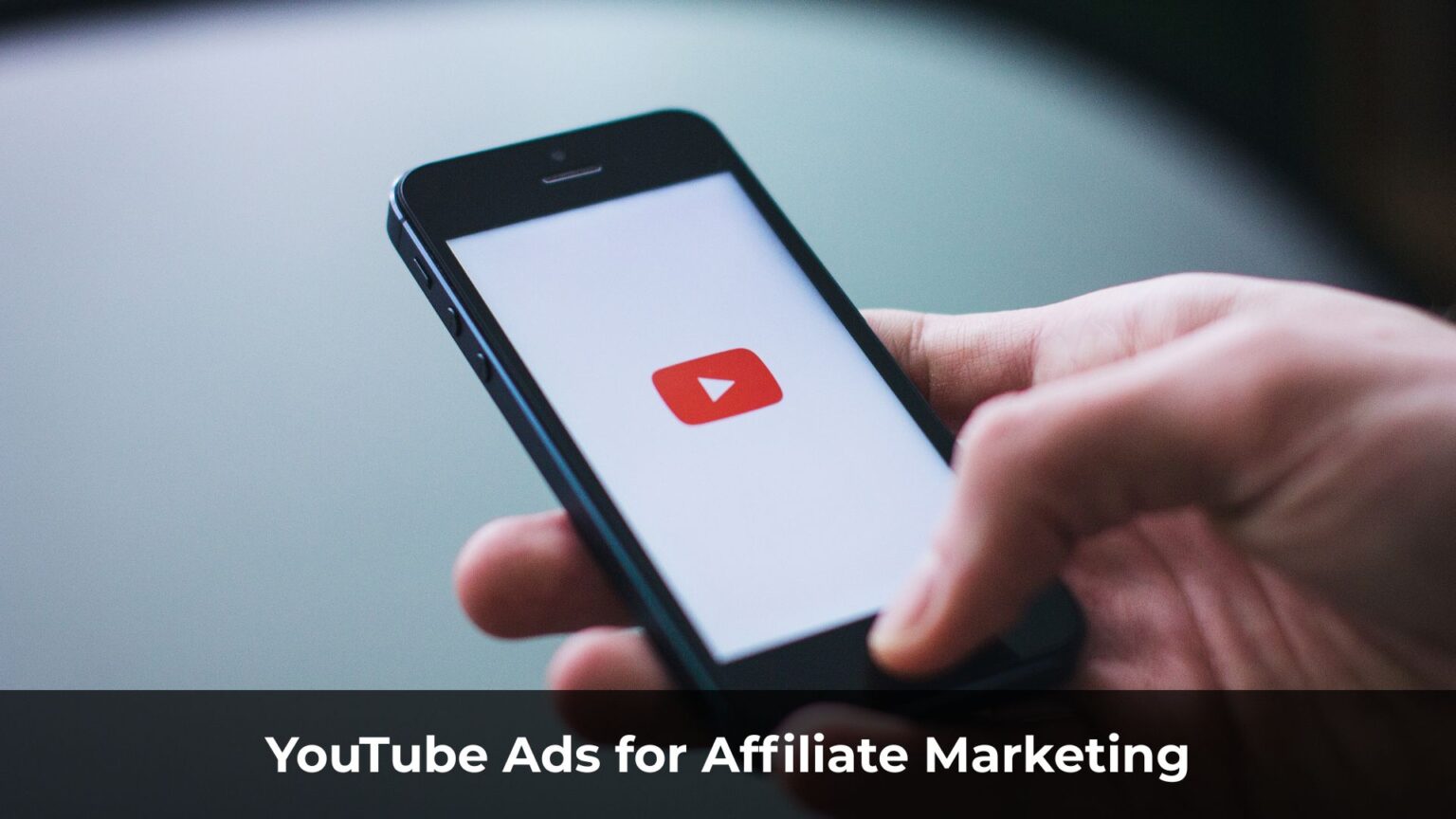Everyone wants to win big with a small budget.
But here’s the harsh truth: It’s extremely hard to succeed that way.
Someone recently emailed me, saying he was struggling to get started in affiliate marketing.
What’s going on?
He’s a college student—with very limited funds.
Super passionate about affiliate marketing, but his total budget? Just $250.
He wants to learn the “secret hacks” to succeed in this game… with only $250 to his name.
Table of Contents
ToggleIt’s hard to go far with a small budget
I get it—starting affiliate marketing with limited funds is incredibly tough.
Maybe you’re from a developing country where making money is a challenge. Or maybe you’re just going through financial difficulties right now.
I hate to be the bearer of bad news, but here’s the truth:
You won’t get far with a small budget.
It’s not pleasant to hear. But it’s the reality.
It’s like entering a race with only 5% fuel in your tank.
Miracles are rare—and hope is not a strategy.
And realistically, half of that budget will go into essential tools like hosting and tracking software.
What’s left? Just enough to test a small amount of traffic—once.
I get a lot of questions about budgeting.
So in this article, I want to break down how affiliate marketing really works—so you can have a clearer perspective before jumping in.

It takes serious experience to run a profitable campaign
I don’t know about you, but I’ve always enjoyed science classes.
I hated those boring literature lectures—but I looked forward to every lab experiment.
That mindset stuck with me when I got into affiliate marketing.
I treat every campaign like an experiment.
And just like any proper experiment, you start with a hypothesis.
Let’s say your hypothesis is: “Drinking too much sugary soda leads to obesity.”
Then you’d test it to see if it holds true.
It’s the same when launching a new campaign.
You start with a hypothesis—unless there are too many unknown variables to make one.
You might hypothesize how to structure the campaign:
Which offer to run, what landing page to use, what kind of angle to take, what traffic source to test… all aiming for one goal—results.
But the more variables involved, the more testing you’ll need.
And more testing means you’ll need more budget.
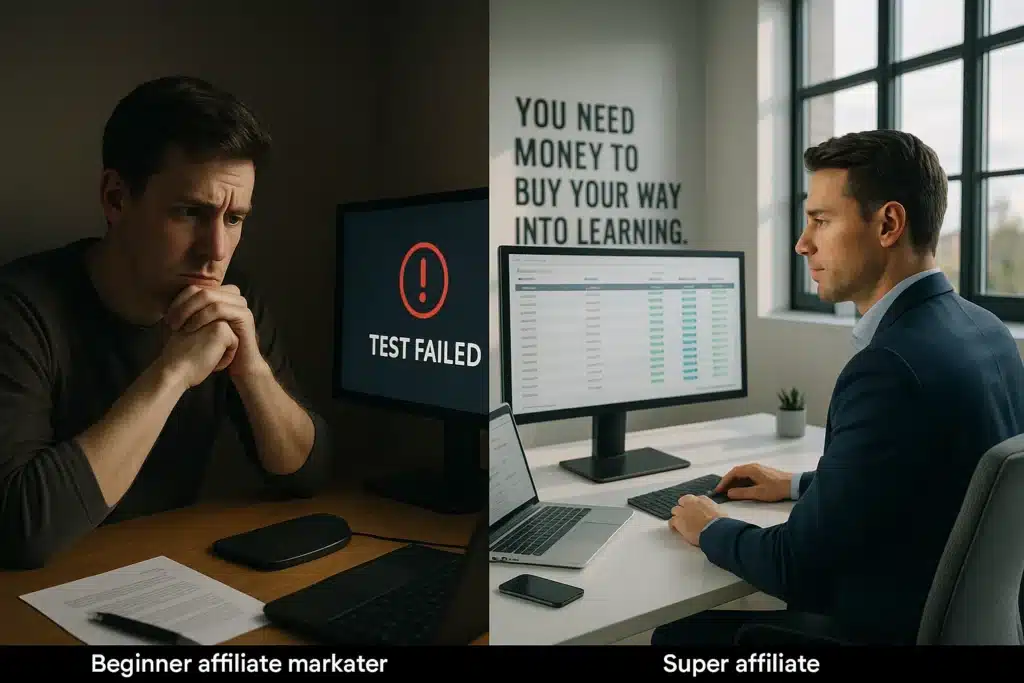
The advantage of having a bigger budget
Let’s say two people discover a winning campaign using a spy tool, and both decide to build their campaigns based on it.
To keep things simple, assume they do everything the same way—same landing pages, same traffic source, same angle.
The only difference? Their budgets.
The first one is a newbie with a small budget. He can only afford to test three offers.
After failing three times, he’s out of money—and out of the game.
The second one is a super affiliate with a much larger budget.
He tests six offers.
The first three fail, just like the newbie.
But he still has money left to keep testing.
By the fifth offer—boom—he hits a winner.
That offer becomes a profitable campaign.
The newbie walks away thinking affiliate marketing doesn’t work.
The super affiliate wins, simply because he had the funds to test more.
You see where this is going, right?
It’s like fishing.
If you’re on a tight budget, you can only afford a basic rod—or a small net.
Meanwhile, the guy with money shows up with a fishing boat, sonar tech, and industrial gear.
Of course he’s going to catch more fish.
Same thing with affiliate marketing.
Sure, skills matter. Experience matters. But let me be honest: some of the campaigns I’ve succeeded with… I only won because I had the money to keep testing.
You need skill and experience to succeed.
But you need money to buy your way into learning those skills.
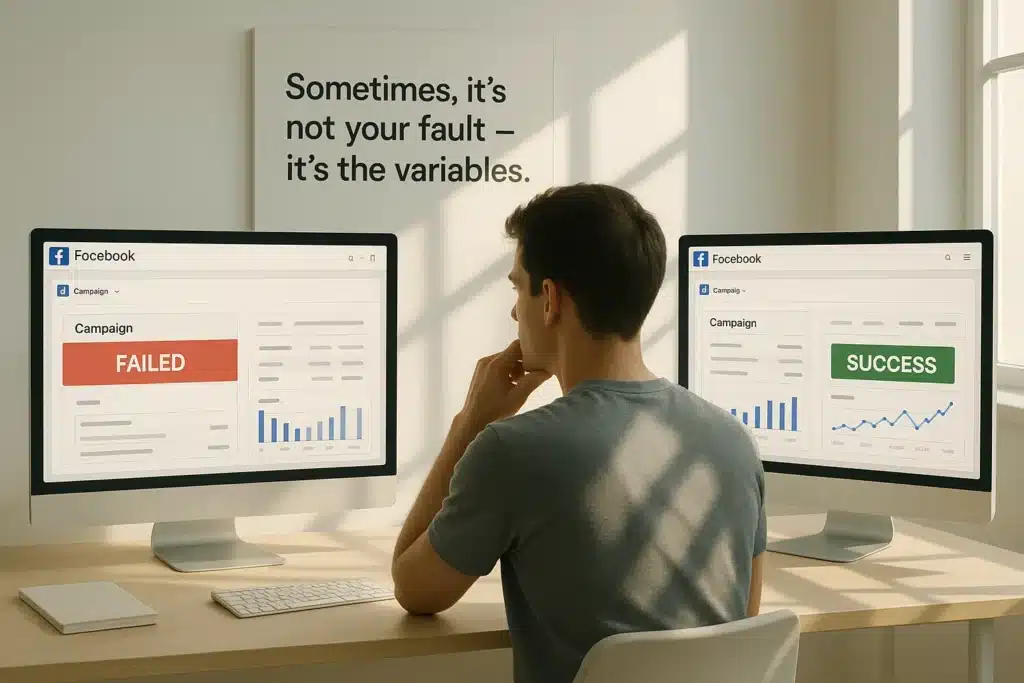
Minimizing the impact of uncontrollable variables
In affiliate marketing—or any kind of business, really—there are always factors you can’t control.
So how do these uncontrollable variables affect affiliate campaigns?
Let me give you a simple example from my own experience running Facebook ads.
When you launch a Facebook ad, it first gets shown to a small sample of your chosen audience.
If that sample responds well, Facebook rewards you: your ad gets more reach, lower CPMs, better performance.
But if that initial sample doesn’t convert?
No reward. Facebook pushes your ad down.
That means: if you’re “unlucky” with the first audience batch, the campaign might flop—not because it’s bad, but because it didn’t get a fair shot.
You’ll look at the data and think the ad was weak.
But in reality, it was just unlucky.
How do you fix this?
Simple: run multiple ad sets.
But again… to buy that experience, you need money.
Sometimes you might think a failed campaign is your fault—bad targeting, weak angle, poor landing page.
But often, hidden variables are sabotaging your results behind the scenes. For example:
- You picked a great offer… but the advertiser pulled it the same day and didn’t notify you.
- You picked a great offer… but it happened to be a public holiday in the target country, and conversion rates dropped.
- Or maybe, things just didn’t go your way.
Frustrating, isn’t it?
That’s why running paid traffic with a small budget is such an uphill battle.
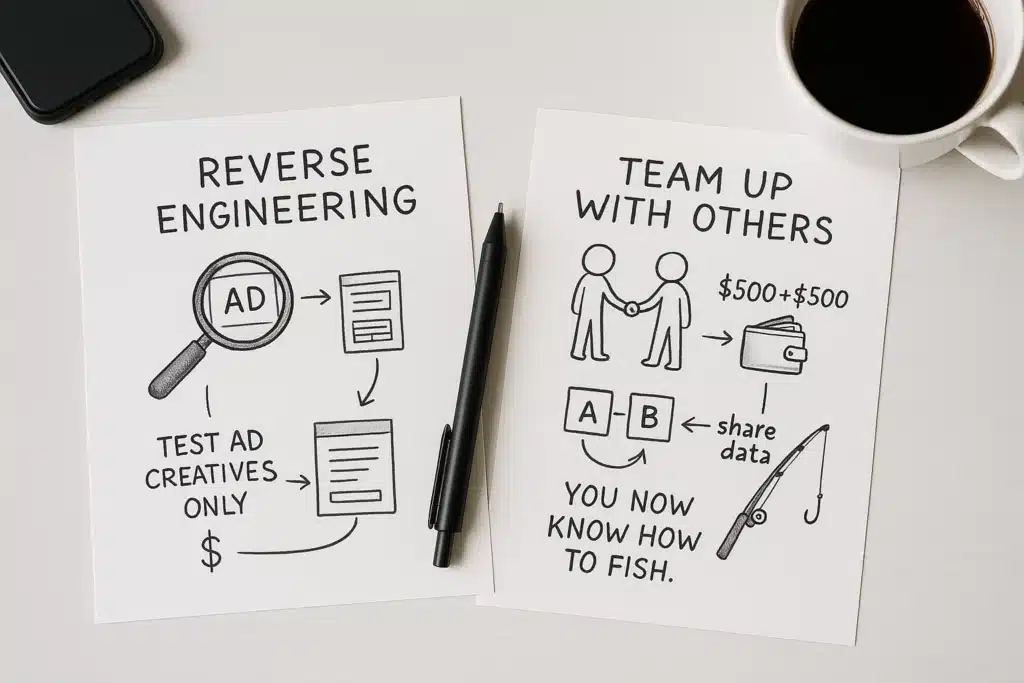
So what should you do if your budget is small?
If you want to run paid ads but don’t have enough money…
Then you need to get more money.
There’s no secret trick, no hidden hack, no underground formula here.
Just reality.
From what I’ve seen, people usually go one of two ways:
Option 1: Work hard, save up, and come back to affiliate marketing when you have enough capital.
Option 2: Keep learning affiliate on the side while working extra jobs to fund your campaigns.
- That’s exactly what I did in the beginning.
- I sold everything I didn’t need.
- I stopped going out. No parties, no drinks.
- I picked up freelance gigs to earn online.
Once you have some budget to run a campaign, here are a few things you can do to maximize your chances of success:
1. Reverse Engineering
Running a campaign sounds complex—but at the core, it’s just testing and optimizing.
If you’re starting from scratch, you’ll have to test a lot.
That’s why reverse engineering is your best friend.
If you see an ad running everywhere, that probably means it’s profitable—because someone’s paying to keep it alive.
So… model it.
Borrow ideas from winning landing pages.
And use your limited budget to test ad creatives only.
Let the winners guide your testing.
2. Team Up with Others
This is something I’ve personally done—and it worked.
Instead of running campaigns solo, partner with someone.
You don’t need to start a company.
Just team up.
If you’ve got $500 and your partner has $500, you can split-test the same campaign and share data.
You test the landing pages and offers.
They test the angles and ad creatives.
By combining your efforts, you’ll reach profitability faster.
One time, I shared a campaign with someone and they asked me:
“But what if the campaign becomes profitable… and my partner steals it?”
Here’s my answer:
It’s fine.
Even if that happens, you’ve still gained something far more valuable—you learned how to build a profitable campaign.
You now know how to fish.
So who cares if someone stole a basket of fish?
Final thoughts
Over the years, many people have asked me about budget—and I hope this article helped you see just how crucial it really is.
If your budget is limited, you need to get creative.
Study what other affiliates are doing.
Team up instead of going it alone.
I lost thousands of dollars testing campaigns before I found my first profitable one.
Was it frustrating? Absolutely.
But let’s be real—worst case, you take a break, pick up some freelance gigs, or go back to a steady job for a while.
You won’t go broke forever just from testing a few campaigns.
Everyone takes risks.
That’s just part of the game.
And if you want to succeed—sooner or later, you’ll have to accept that risk.


